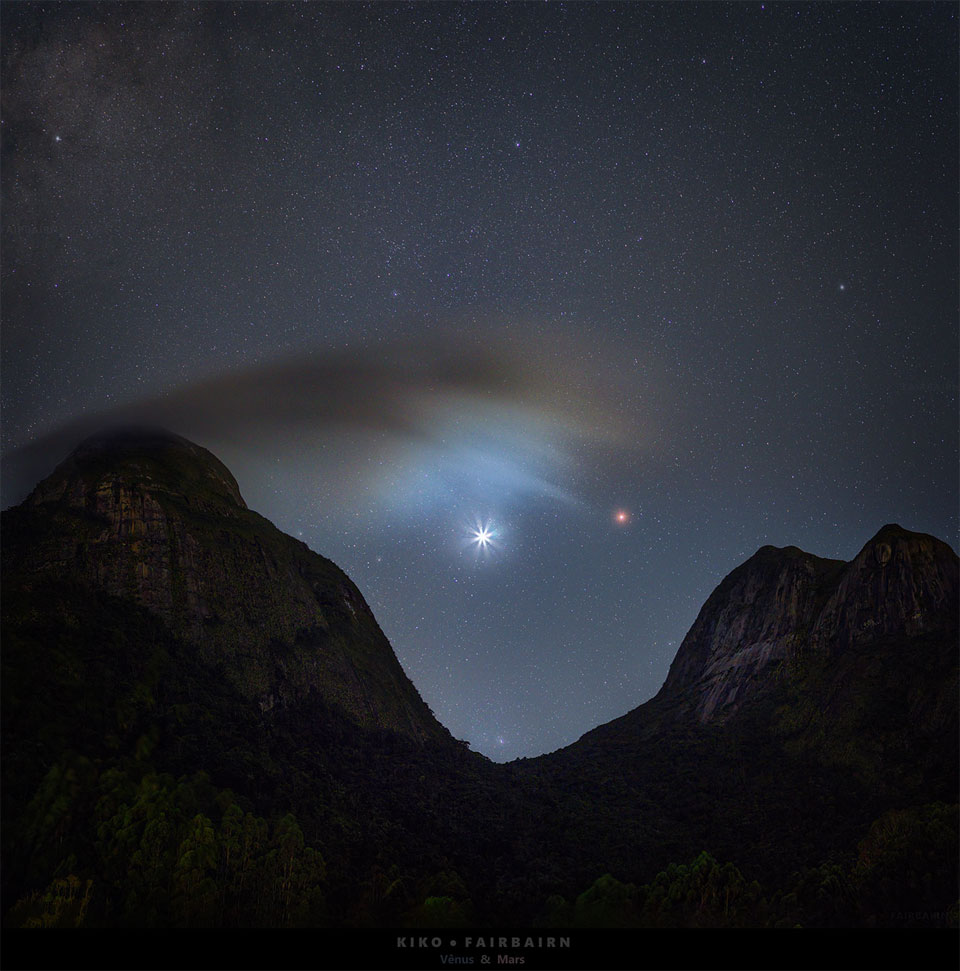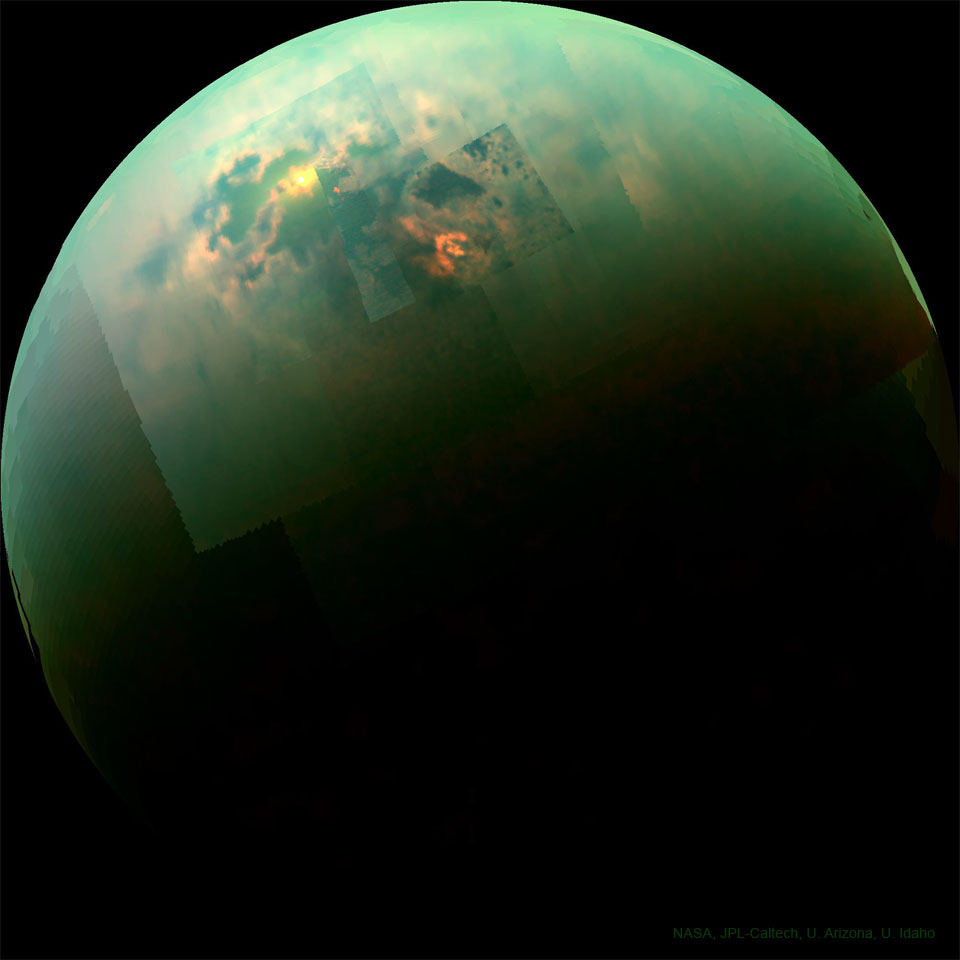
Venus and Mars: Passing in the Night


El presupuesto del presidente para el año fiscal 2023 permitiría a la NASA mantener el liderazgo en innovación global de Estados Unidos y mantener a la NASA a la vanguardia de la exploración y el descubrimiento al regresar a la Luna con el programa Artemis, entre otros esfuerzos.
from NASA https://ift.tt/oqvzZEp
via IFTTT
The President’s fiscal year 2023 budget would allow NASA to sustain America’s global innovation leadership and keep NASA at the forefront of exploration and discovery by returning to the Moon with the Artemis program, among other efforts.
from NASA https://ift.tt/RA4fwyJ
via IFTTT

NASA will hold a media teleconference at 1 p.m. EDT Tuesday, March 29, to discuss the upcoming final major test with the agency’s Mega Moon rocket and spacecraft at the launch pad ahead of the uncrewed Artemis I lunar mission.
from NASA https://ift.tt/mqWlLwk
via IFTTT



NASA to Host Briefings, Interviews for Agency’s SpaceX Crew-4 Mission
from NASA https://ift.tt/oU27PRJ
via IFTTT
NASA Administrator Bill Nelson will give the 2022 State of NASA address at 2 p.m. EDT on Monday, March 28, from NASA’s Kennedy Space Center in Florida.
from NASA https://ift.tt/D9gy86M
via IFTTT